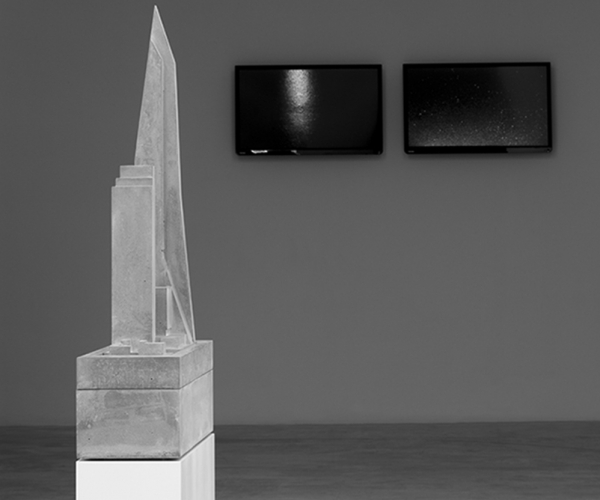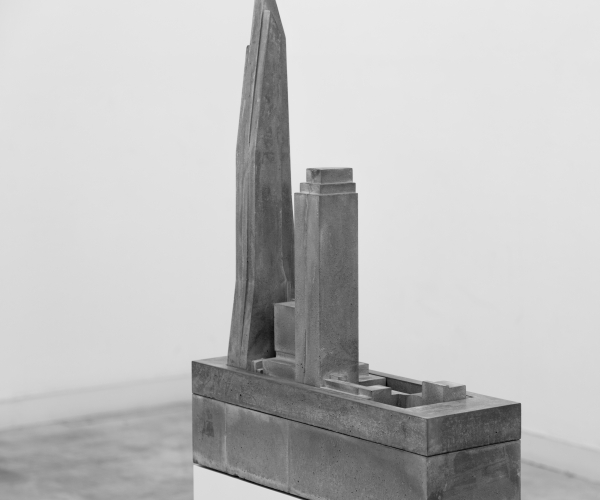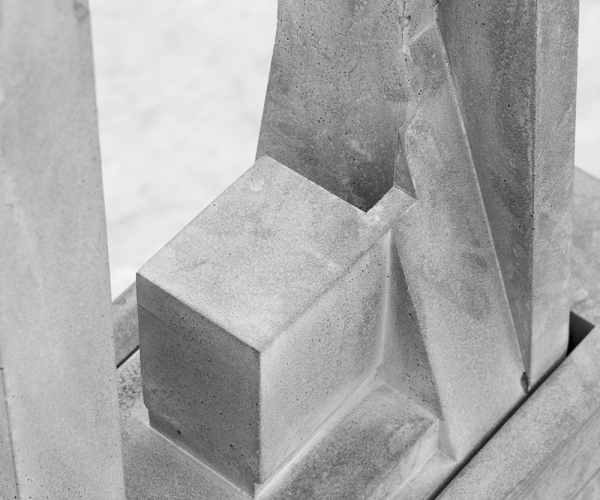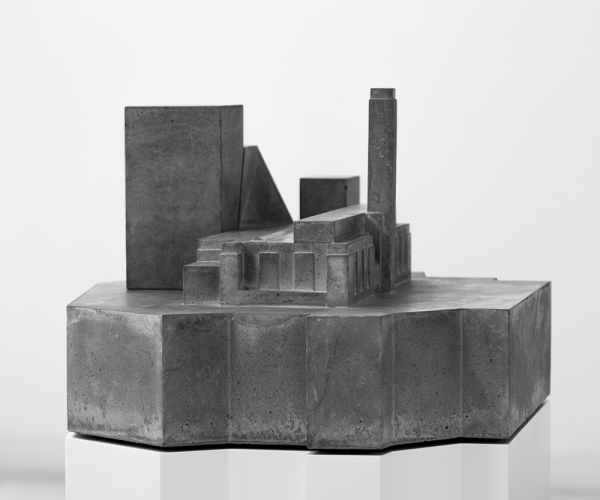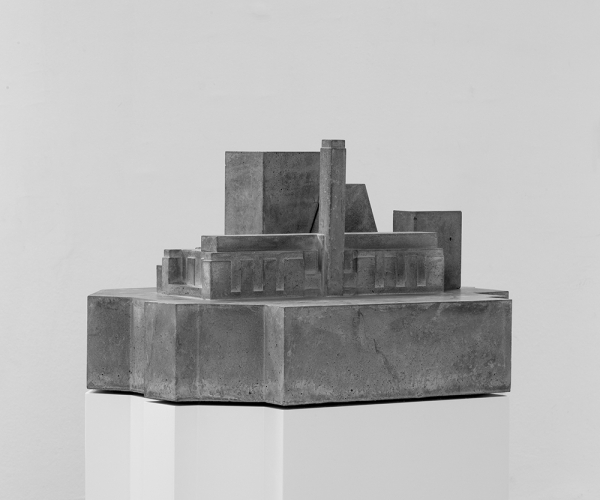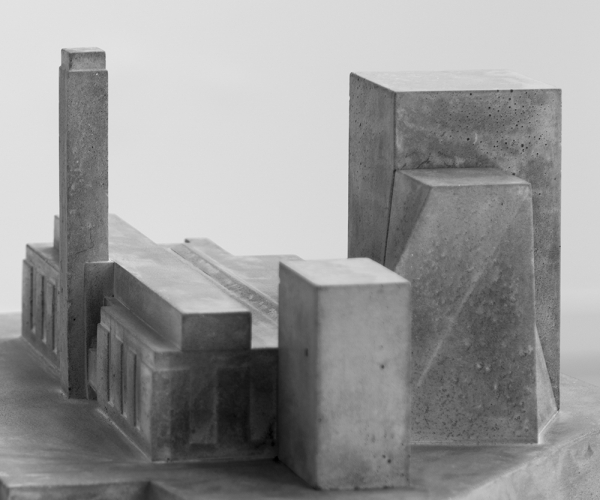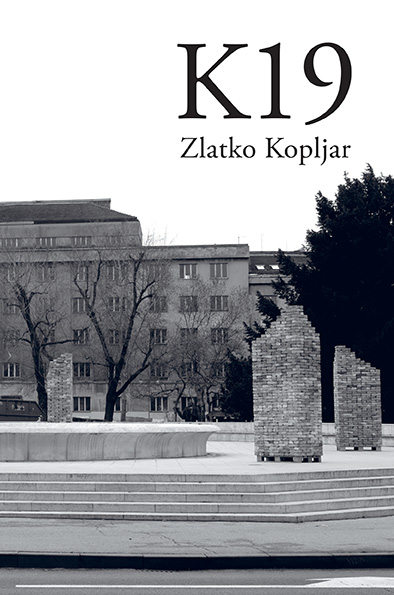Sandra Križić Roban / 1993
Radovi Zlatka Kopljara izloženi u Gliptoted HAZU svjedoče o naπim sudbinama s izričitom izravnošću i dirljivošću
U današnje vrijeme, u kojem i jesmo i nismo, opravdano se pitamo da li u umjetnosti i dalje pronalazimo ritual koji zbivanje podiže na neke drukčije razine prepoznavanja, ili smo prepuπteni snalaženju u kojem misaonu, socijalnu i političku realnost iščitavamo kao dio svakodnevnog vrtloženja. Pri promatranju djela Zlatka Kopijara izloženih u Gliptoteci Hrvatske akademje znanosti i umjetnosti postajemo svjesni koliko su rituali rijetki i koliko tema žrtvovanja izaziva najčešće samo primarne konotacije vezane uz zbilju unutar koje nema prostora za umjetnost.
Zapravo se čini da umjetnost. polako nestaje, da prostori koje je istraživala od postojanja ljudskog roda nemaju više ništa ponuditi. Sve je dovedeno u pitanje pa i postojanje čovjeka. Njegova krhkost i ranjivost preuzele su mjesto klasičnog shvaćanja herojskog. No ritual skidanja maski, doslovnog guljenja kože da bi se spoznala unutrašnjost, preživljavaju samo rijetki.
